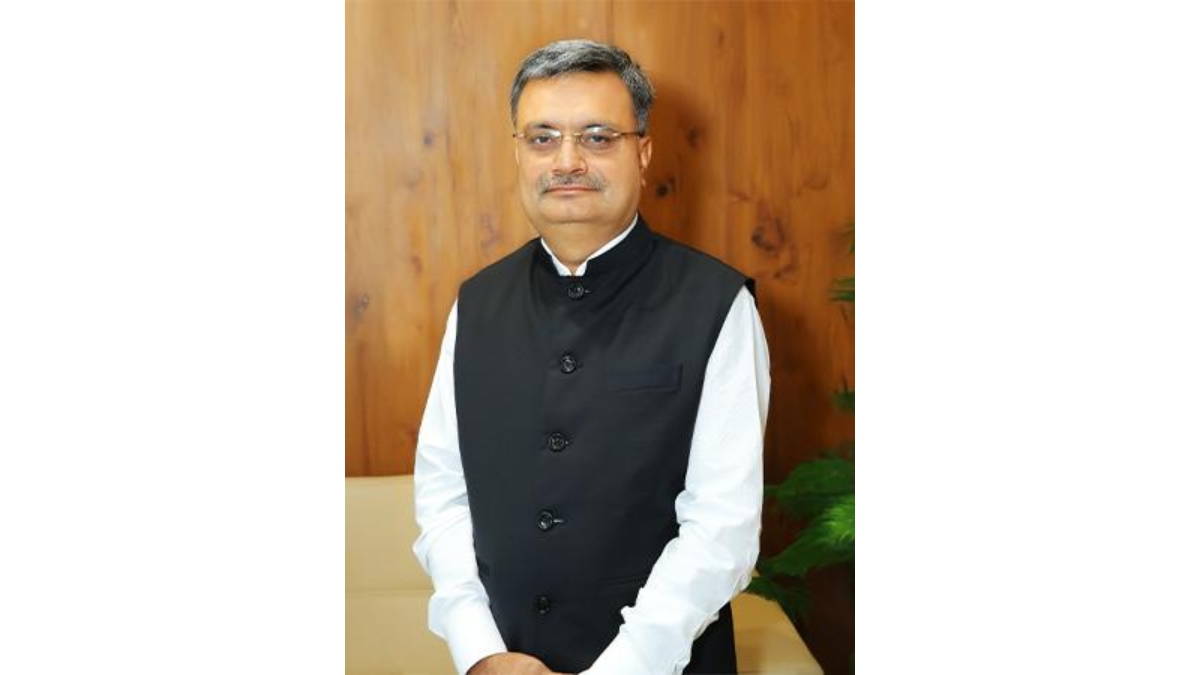
Vijay Gupta, Founder, Chairman & CEO, SoftTech Engineers Limited
Pune (Maharashtra) [India], November 29: In the ever-evolving world of architecture, engineering, and construction (AEC), staying ahead of the curve is vital for success. One innovative technology that is changing the game in this industry is the concept of Digital Twins. Digital Twins are virtual replicas of physical structures or systems, providing a real-time, data-driven representation of a project. Beyond their capability to improve project management and efficiency, Digital Twins also promise substantial cost benefits that are often beyond imagination. In this blog post, we’ll delve into the potential savings that AEC professionals can enjoy by embracing Digital Twins.
Early Detection and Mitigation of Issues:
In the conventional AEC process, issues often surface during the construction phase, leading to costly delays and rework. Digital Twins, however, allow for early issue detection and mitigation through predictive analytics and real-time monitoring. For instance, structural flaws or design inconsistencies can be identified before construction begins, reducing the need for expensive alterations down the line.
Optimized Energy Efficiency:
Sustainable construction and energy efficiency are top priorities in modern AEC projects. Digital Twins can simulate a building’s energy performance, allowing designers and engineers to make informed decisions about materials, insulation, and HVAC systems. This can result in significant long-term cost savings through reduced energy consumption and lower maintenance costs.
Reduced Material Waste:
The construction industry generates massive amounts of waste, from excess materials to discarded prototypes. Digital Twins can help minimize this waste by enabling precise material requirements and reducing over-ordering. This not only saves on procurement costs but also contributes to sustainability goals.
Streamlined Project Management:
Effective project management is critical for cost control. Digital Twins provide a centralized platform for collaboration and data sharing, improving communication among project stakeholders. This streamlines project management, reducing the likelihood of miscommunication, disputes, and costly delays.
Virtual Reality Training and Safety:
Safety in construction is paramount, and accidents can result in substantial financial and human costs. Digital Twins offer the ability to create immersive training simulations for construction workers and safety personnel. Through virtual reality training, workers can become better equipped to avoid accidents, resulting in reduced medical and legal expenses.
Life Cycle Cost Analysis:
AEC projects have long-term implications, and decisions made during the design and construction phases can significantly impact ongoing maintenance and operation costs. Digital Twins provide the capability to conduct life cycle cost analyses, helping project stakeholders make cost-effective decisions that take into account the entire life span of the structure.
Improved Maintenance and Asset Management:
Once a building is complete, Digital Twins continue to provide cost-saving benefits. Real-time data from sensors and IoT devices can be integrated into the Digital Twin, allowing for predictive maintenance. By identifying potential issues before they become critical, maintenance costs are reduced, and the lifespan of building systems is extended.
Remote Monitoring and Control:
The ability to monitor and control building systems remotely is a significant cost-saving feature of Digital Twins. This enables faster response times to issues, reducing downtime and maintenance expenses. Additionally, it can lead to energy cost savings by allowing for real-time adjustments to optimize efficiency.
In conclusion, the adoption of Digital Twins in AEC projects offers cost benefits that extend far beyond traditional construction methods. Early issue detection, energy efficiency optimization, reduced material waste, streamlined project management, safety training, life cycle cost analysis, improved maintenance, and remote monitoring all contribute to substantial savings. AEC professionals who harness the power of Digital Twins are better positioned to complete projects on time and within budget, while also contributing to the broader goals of sustainability and safety. The cost benefits of Digital Twins are not just within imagination; they are becoming a reality for those who embrace this transformative technology.
If you have any objection to this press release content, kindly contact [email protected] to notify us. We will respond and rectify the situation in the next 24 hours.





